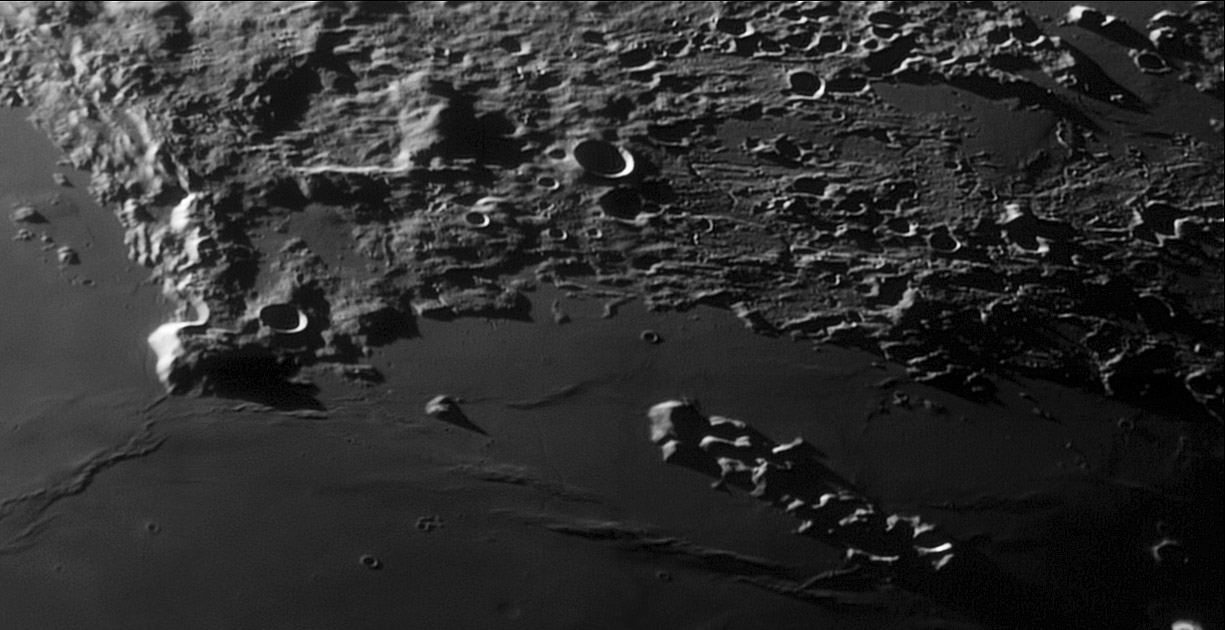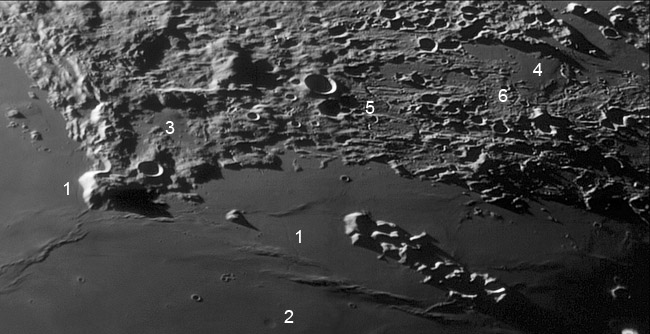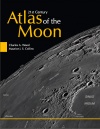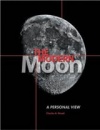Difference between revisions of "February 16, 2013"
| Line 3: | Line 3: | ||
<!-- ws:start:WikiTextHeadingRule:0:<h1> --> | <!-- ws:start:WikiTextHeadingRule:0:<h1> --> | ||
<!-- ws:start:WikiTextLocalImageRule:14:<img src="/file/view/LPOD-Feb16-13.jpg/407409564/LPOD-Feb16-13.jpg" alt="" title="" /> -->[[File:LPOD-Feb16-13.jpg|LPOD-Feb16-13.jpg]]<!-- ws:end:WikiTextLocalImageRule:14 --><br /> | <!-- ws:start:WikiTextLocalImageRule:14:<img src="/file/view/LPOD-Feb16-13.jpg/407409564/LPOD-Feb16-13.jpg" alt="" title="" /> -->[[File:LPOD-Feb16-13.jpg|LPOD-Feb16-13.jpg]]<!-- ws:end:WikiTextLocalImageRule:14 --><br /> | ||
| − | <em>image by [mailto:beamtech@iprimus.com.au | + | <em>image by [mailto:beamtech@iprimus.com.au Stefan Buda], Australia</em><br /> |
<br /> | <br /> | ||
<table class="wiki_table"> | <table class="wiki_table"> | ||
| Line 11: | Line 11: | ||
<td>With a large aperture even small corners of the Moon can reveal numerous prizes. Here at the corner of Prom. Laplace is the recently recognized delicate rille (marked 1 on the small image) south and west of the headland. And the small rimless pit (2) has also become known only in the last few years. Less familiar is the dome (3) edged against a mountain ridge. Based on LRO altimetry the dome is about 9 km wide and 200 m high; the pit near its summit looks to be random impact not a volcanic vent. Some lavas obviously erupted in the midst of debris from the Imbrium Basin, the Iridum crater and Plato, for example, the mound of smooth mare lava at 4. Other lavas rose near the surface but didn't pile up, they simply carved sinuous rilles seen as channels at 5 and 6. <br /> | <td>With a large aperture even small corners of the Moon can reveal numerous prizes. Here at the corner of Prom. Laplace is the recently recognized delicate rille (marked 1 on the small image) south and west of the headland. And the small rimless pit (2) has also become known only in the last few years. Less familiar is the dome (3) edged against a mountain ridge. Based on LRO altimetry the dome is about 9 km wide and 200 m high; the pit near its summit looks to be random impact not a volcanic vent. Some lavas obviously erupted in the midst of debris from the Imbrium Basin, the Iridum crater and Plato, for example, the mound of smooth mare lava at 4. Other lavas rose near the surface but didn't pile up, they simply carved sinuous rilles seen as channels at 5 and 6. <br /> | ||
<br /> | <br /> | ||
| − | <em>[mailto:tychocrater@yahoo.com | + | <em>[mailto:tychocrater@yahoo.com Chuck Wood]</em><br /> |
<br /> | <br /> | ||
<strong>Technical Details</strong><br /> | <strong>Technical Details</strong><br /> | ||
Revision as of 18:00, 11 January 2015
Cape Land

image by Stefan Buda, Australia
 |
With a large aperture even small corners of the Moon can reveal numerous prizes. Here at the corner of Prom. Laplace is the recently recognized delicate rille (marked 1 on the small image) south and west of the headland. And the small rimless pit (2) has also become known only in the last few years. Less familiar is the dome (3) edged against a mountain ridge. Based on LRO altimetry the dome is about 9 km wide and 200 m high; the pit near its summit looks to be random impact not a volcanic vent. Some lavas obviously erupted in the midst of debris from the Imbrium Basin, the Iridum crater and Plato, for example, the mound of smooth mare lava at 4. Other lavas rose near the surface but didn't pile up, they simply carved sinuous rilles seen as channels at 5 and 6.
|



